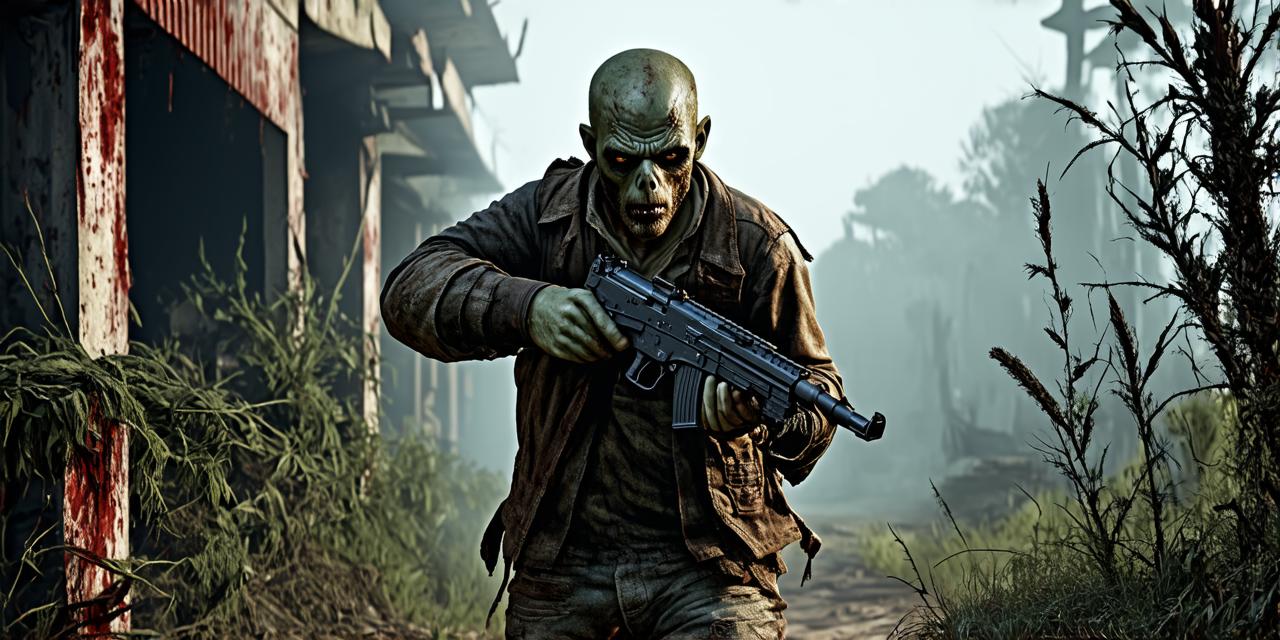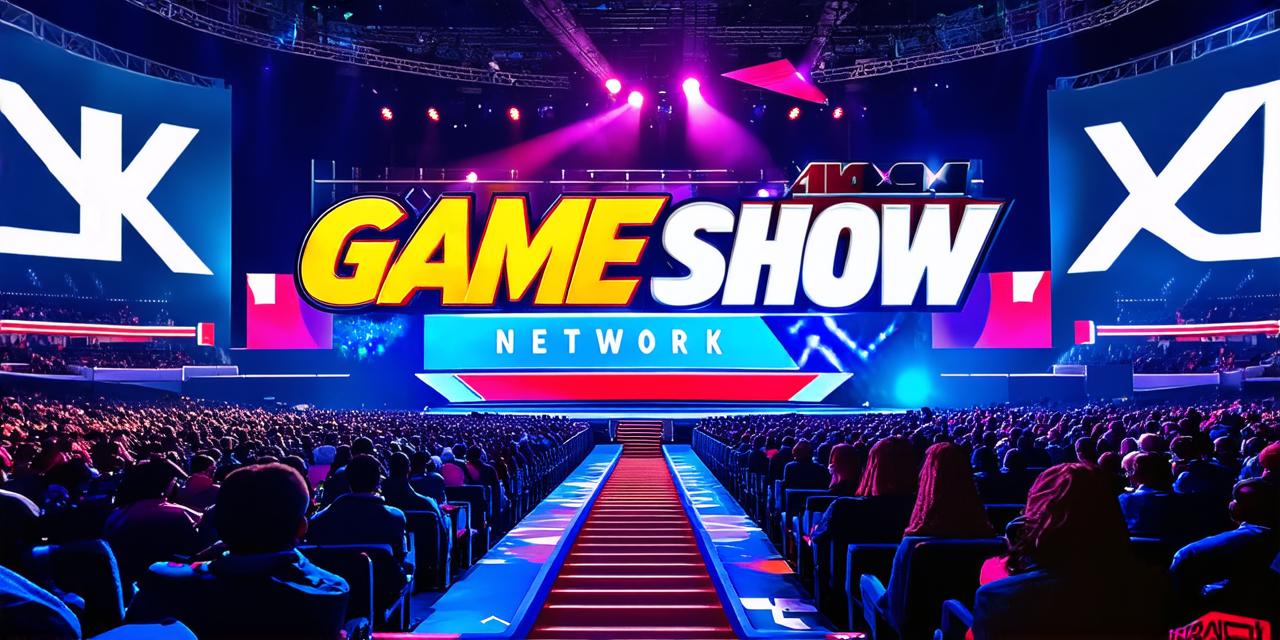Marketing a video game can be challenging, especially in a saturated market with countless competitors vying for attention. As a developer, you’ve put in the hard work to create a fantastic game that players will love. But now it’s time to get your game out there and reach your target audience.
1. Determine Your Target Audience
Before you start marketing your video game, you need to know who your target audience is. Who are the people most likely to play and enjoy your game? Understanding your target audience will help you tailor your marketing efforts to their interests and preferences.
For example, if your game is a first-person shooter, your target audience may be teenage boys or young men who enjoy action-packed games with fast-paced gameplay. On the other hand, if your game is a puzzle game, your target audience may be adults who enjoy challenging their minds and problem-solving.
2. Create a Compelling Trailer
The trailer for your video game is one of the most important marketing tools you have. It should be engaging, visually stunning, and showcase the best features of your game. Your trailer should be short (ideally under two minutes) and designed to grab the viewer’s attention and leave them wanting more.
Make sure to include key elements in your trailer such as gameplay footage, storyline snippets, and any unique features that set your game apart from competitors. You can also include testimonials from beta testers or influencers who have tried the game and enjoyed it.
3. Leverage Social Media
Social media is a powerful tool for promoting your video game. With billions of active users, social media platforms like Facebook, Twitter, Instagram, and YouTube can help you reach a wide audience quickly.
To effectively leverage social media, you need to create engaging content that resonates with your target audience. This could include behind-the-scenes looks at the development process, gameplay footage, character reveals, and other exciting content that keeps your followers engaged.
You can also collaborate with influencers or streamers who have a large following on social media. This can help you reach new audiences and gain credibility for your game.
4. Host Launch Events
Launch events are a great way to generate excitement around your video game and create buzz among potential players. You can host launch events in various locations, including gaming stores, movie theaters, or even online through streaming platforms like Twitch or YouTube.
During launch events, you can offer exclusive in-game items, promotions, or discounts to encourage people to try your game. You can also invite media outlets and journalists to attend the event and get a first look at your game.
5. Utilize Email Marketing
Email marketing is an effective way to promote your video game and keep potential players engaged. By collecting email addresses from your website or social media pages, you can send regular updates about your game’s progress, behind-the-scenes content, and special promotions.
However, it’s important to avoid spamming your subscribers with too many emails. Make sure to send only relevant and valuable content that keeps your subscribers engaged and interested in your game.
6. Create a Strong Brand Identity
Your video game should have a strong brand identity that resonates with your target audience. This includes creating a catchy logo, tagline, and visual style that reflects the theme and tone of your game.
A strong brand identity can help you stand out from competitors and create a sense of community among your players. You can also use your brand identity to create merchandise, such as t-shirts, hats, or figurines, that appeal to your target audience.
7. Engage with Your Community
Engaging with your community is essential for the success of any video game. This includes responding to feedback and comments on social media, creating forums or discussion boards where players can connect with each other, and offering rewards or recognition for player achievements.
By engaging with your community, you can create a loyal fan base that supports your game and encourages others to play it as well.
8. Leverage Influencer Marketing
Influencer marketing is a powerful tool for promoting your video game to a wider audience. By partnering with influencers or streamers who have a large following, you can reach new audiences and gain credibility for your game.
For example, if your game is a sports simulation game, you could partner with a popular sports broadcaster or commentator to promote the game and provide insights into the development process.

9. Use Cross-Promotions
Cross-promotions are a great way to reach new audiences and increase the visibility of your game. This involves partnering with other brands or companies that have a similar target audience to yours.
For example, if your game is a food simulation game, you could partner with a popular restaurant chain to create in-game items or promotions that tie into their brand.
10. Monitor Your Analytics
Finally, it’s important to monitor your analytics and track the success of your marketing efforts. This includes tracking website traffic, social media engagement, and sales data to see what’s working and what’s not.
By monitoring your analytics, you can make informed decisions about your marketing strategy and adjust your tactics as needed to achieve better results.
Summary:
Marketing a video game can be challenging, but with the right strategy, you can attract more players and increase the visibility of your game. By understanding your target audience, creating engaging content, leveraging social media, and engaging with your community, you can create a strong brand identity and drive success for your game. Remember to monitor your analytics and adjust your tactics as needed to achieve better results.



